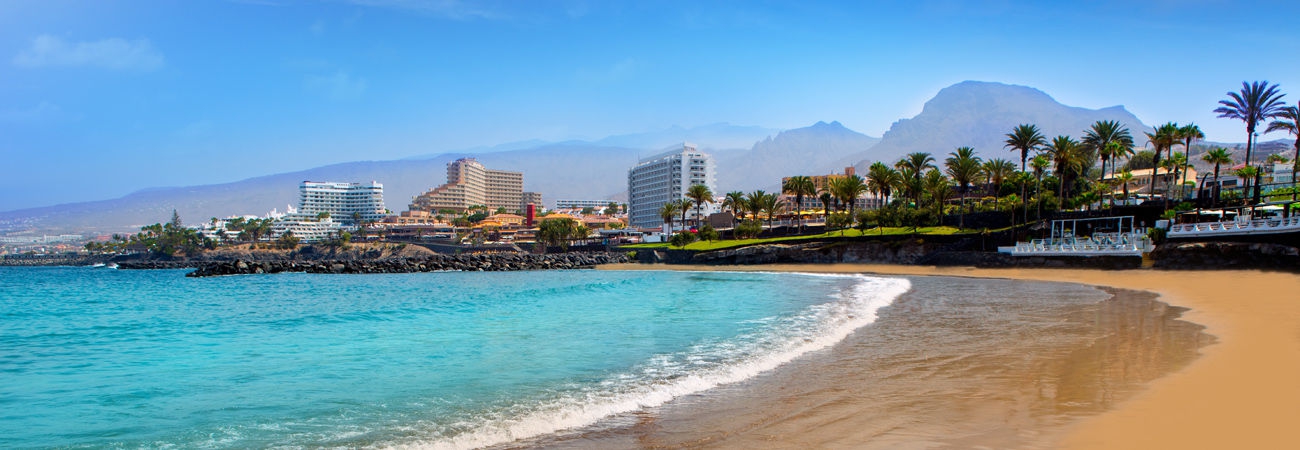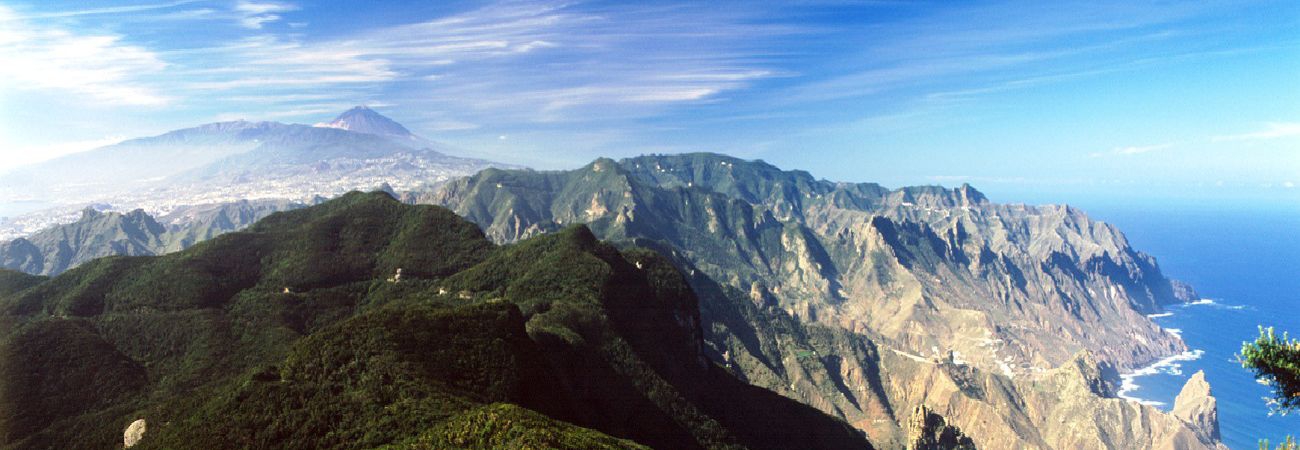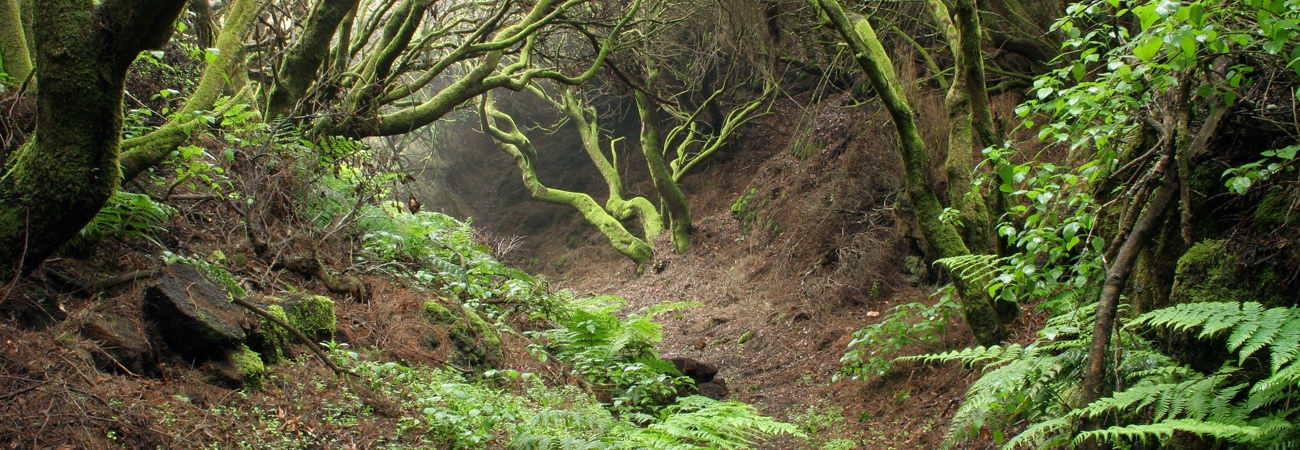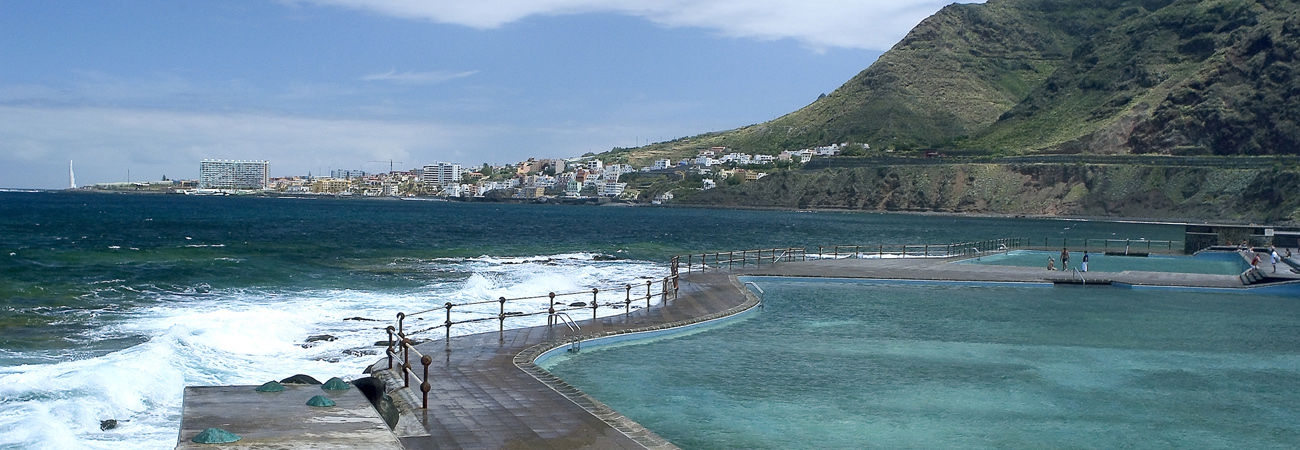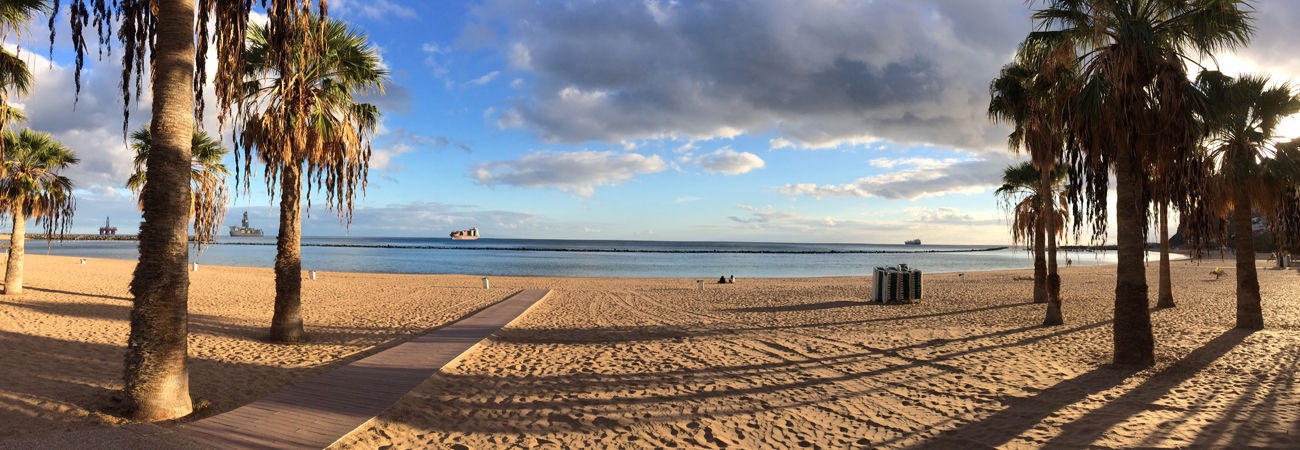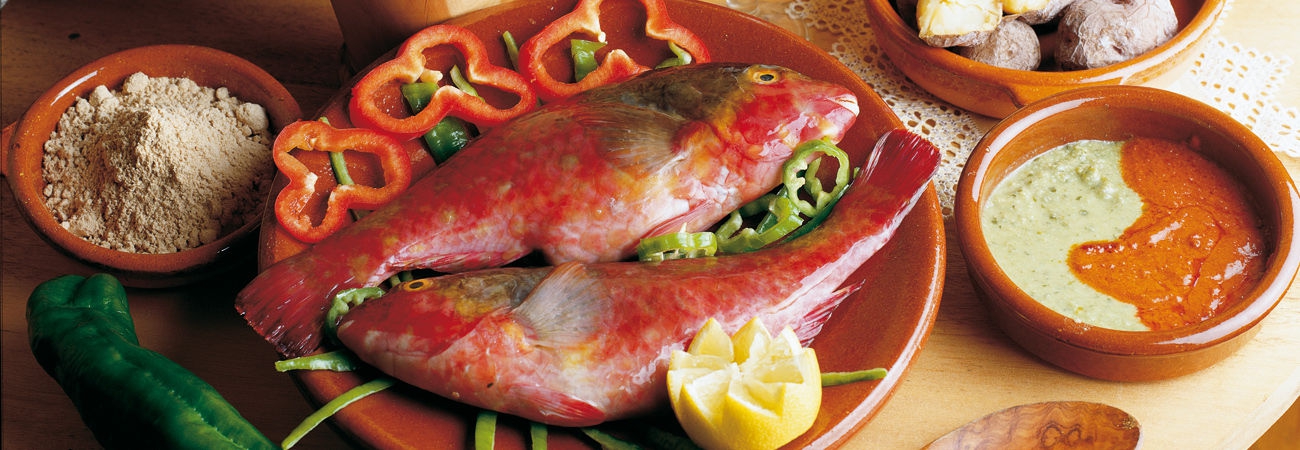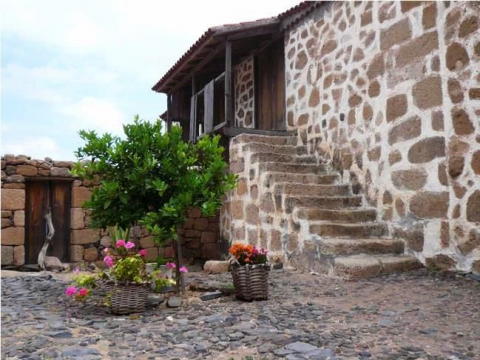Arico
Sites worth seeing in the borough of Arico include the hamlet of Icor, a few kilometres from Villa de Arico, which, in turn, is 11 kilometres from the exit of the TF-1 motorway. Icor is an interesting example of island domestic architecture.
The hamlet of Icor in the borough of Arico and bordering on Fasnia is believed to be a pre-Hispanic settlement, though it became firmly established in the 18th-century when a large number of dwellings were built. It has been declared a Place of Cultural Interest. Its current appearance dates from the 19th century, though several other buildings were added in the 1950s.
The village boasts fine examples of traditional island architecture. A typical dwelling is built to a rectangular floor plan, around a central courtyard, with masonry walls, occasionally of undressed stone, wood joinery in the alcoves and a two-sided gabled roof of curved tiles. A number of houses have a second storey to which access is gained by an outside wooden staircase that usually encloses a barn. On the front of several houses is a small wall, which serves as a kind of bench or resting place where villagers would gather to chat.
The hamlets of La Cisnera and Teguedite, close to Villa de Arico, used to be an important pottery centre. There are several typical Canary Island houses to be seen in Arico El Nuevo. These include the houses of the Peraza de Ayala, Rodriguez de Acero families and the Patio de Don Diego.








